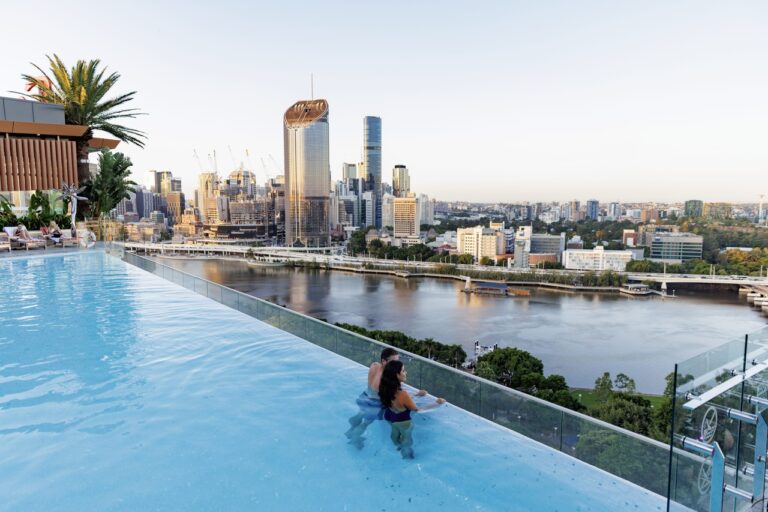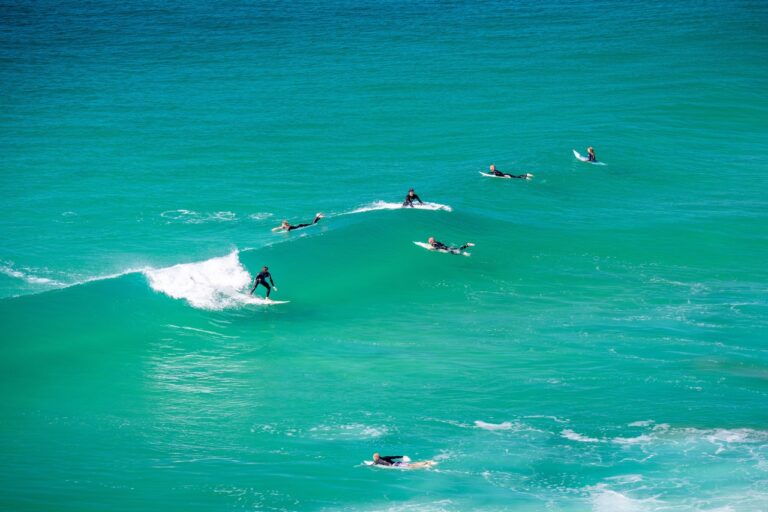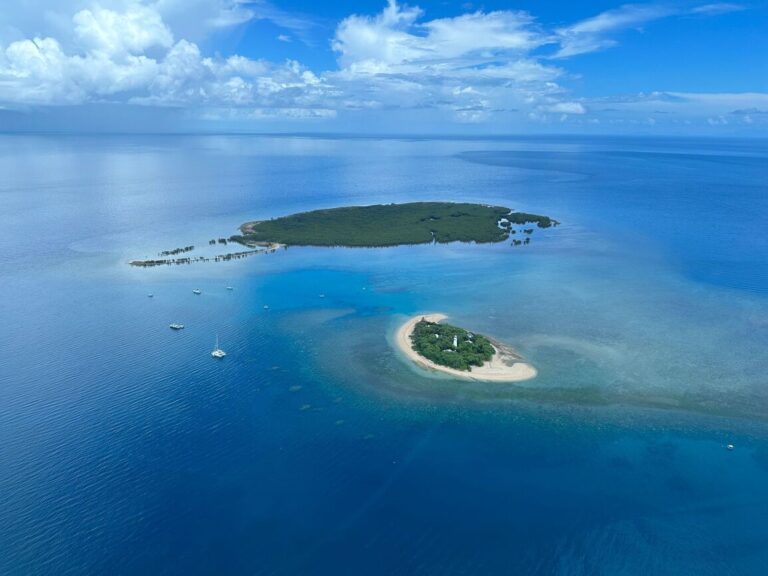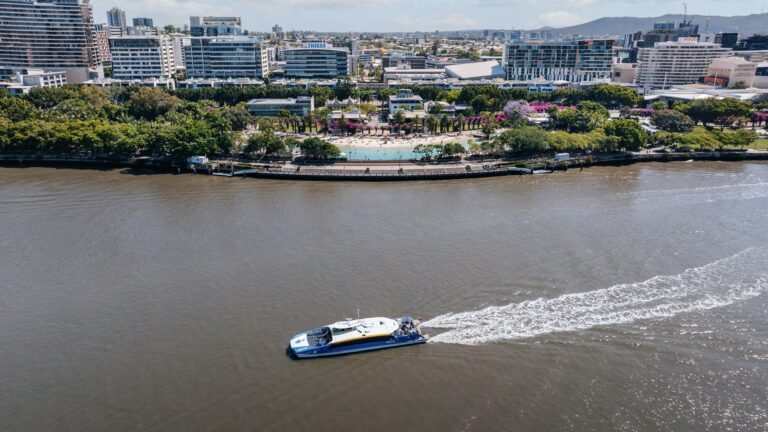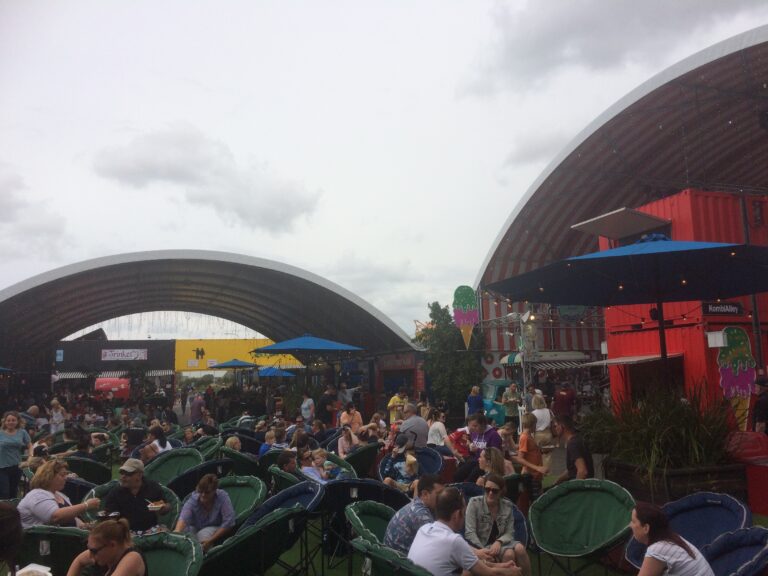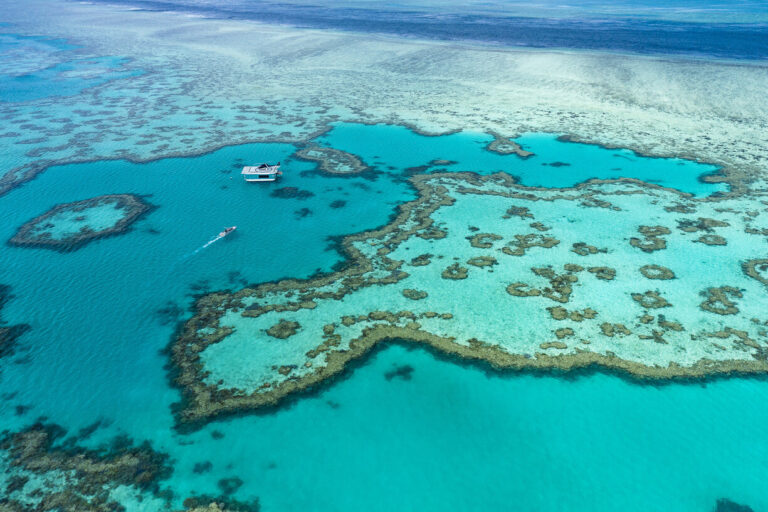Is Brisbane Safe? A Local’s Complete Safety Guide for 2025
Situated on the banks of the Brisbane River and just an hour from Queensland’s famous beaches, Brisbane is a laid-back city that blends urban living with a love for the outdoors. I lived much of my life in Brisbane and Sommer had fresh eyes when she joined me there for 3 years. Is Brisbane safe? – Yes!
Locals are known for being friendly, sun-loving, and always up for a chat—whether it’s over a flat white coffee at a riverside café, beer at the pub, or during an early morning walk along the South Bank. Brisbane is especially popular in the warmer months, when the weather is perfect for exploring markets, taking river cruises, or enjoying a picnic in one of the city’s many lush parks.
If you’re planning a trip and wondering is Brisbane safe to visit, this guide will walk you through everything you need to know about neighborhoods, being a tourist, weather, wildlife, and staying safe during your stay in the River City.
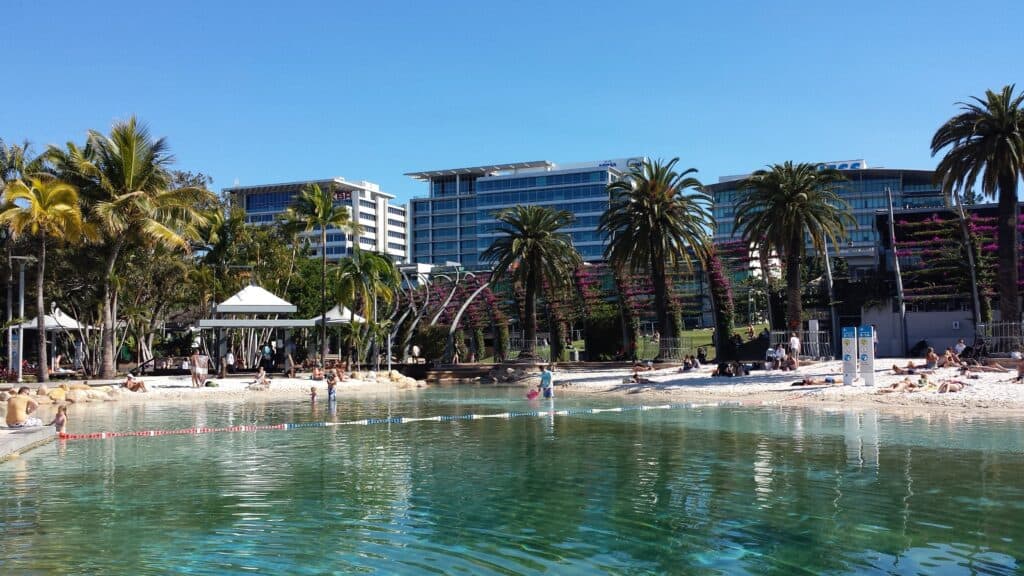
Passport to Wonder contains affiliate links and is a member of the Amazon Services LLC Associates Program. Please consider making a purchase using one of these links; we may earn a small commission at no extra cost to you and it helps us continue to share the wonder of this world with you. You can read more about affiliate disclosures here in our Terms of Use and Privacy Policy.
Is Brisbane Safe?
Yes, Brisbane is safe to visit and live. Brisbane ranks as one of Australia’s safest major cities. I lived in Brisbane for 30+ years and felt safe compared to other international cities. Sommer said she never once felt unsafe in her travelings around the city.
Weather poses Brisbane’s most significant natural risk. Summer storms can be intense, and the subtropical climate brings occasional flooding. However, the city’s infrastructure handles these events well, and locals adapt quickly to weather warnings, like don’t drive through floodwaters. Check out the Bureau of Meteorology (“BOM” to the locals) website for regular updates leading up to and during your visit.
Wildlife encounters are minimal in urban areas. You might spot a python in suburban gardens or encounter fruit bats or possums in parks, but dangerous animal interactions are extremely uncommon. Despite what some people overseas think, we don’t have kangaroos or deadly snakes for pets, and “drop bears” aren’t real.
Sommer will tell you if you live in an apartment with no window screens or you leave shoes outside, check your shoes for critters before putting them on. She never found one but it’s helpful to avoid a surprise!
The overall crime rate remains significantly lower than most international destinations of similar size. Violent crime targeting tourists is rare, and most incidents involve property theft rather than personal safety threats.
Is Brisbane Safe at Night?
Generally, yes—but like any city, it depends on where you are and how you’re getting around.
Popular areas like South Bank, Fortitude Valley, and the CBD (Central Business District) are well-lit and often buzzing until late. You’ll see families strolling along the river, even after dark. Still, it’s wise to stay alert and stick to busy, well-trafficked areas. Sommer has mentioned having walked around Sydney and Melbourne often at night she has said Brisbane felt the safest.
As with any city, women traveling alone should take standard precautions—stick to busy, well-lit streets, keep an eye on your drink, and avoid quiet parks or shortcuts late at night. Places like Fortitude Valley and Caxton Street come alive at night, but they also see the most late-night incidents. Avoid confrontations, and steer clear of overly intoxicated crowds—especially after midnight on weekends. Designated “Safe Night Precincts” like the CBD, Fortitude Valley, and parts of Inner West Brisbane, have strict venue operating hours, ID scanning, and limited alcohol service late at night as a means of creating safer entertainment zones.
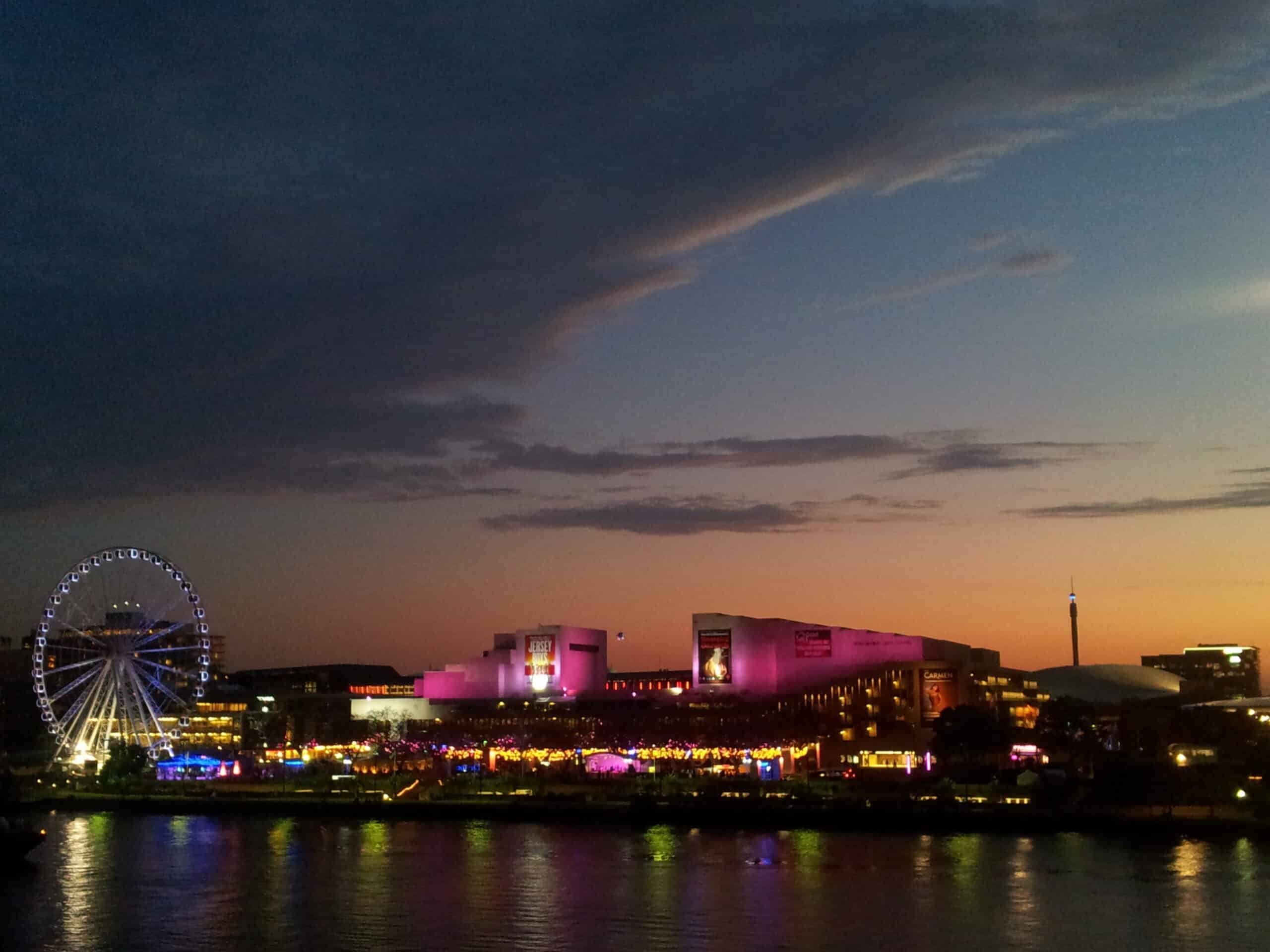
Is Brisbane Safe for Tourists?
Tourists receive warm welcomes throughout Brisbane, and locals genuinely enjoy helping visitors navigate their city. The tourism industry prioritizes visitor safety, with clear signage and helpful information centers throughout popular areas. Most tourist-focused businesses maintain high security and safety standards.
The city’s laid-back atmosphere and friendly locals create an environment where solo exploration feels natural. Families appreciate Brisbane’s clean public spaces and well-maintained attractions that prioritize visitor safety. Because Brisbane is not as popular to tourists as Sydney and Melbourne, it has a less touristy vibe which in itself adds to its laid-back friendly feel.
Tips To Stay Safe On Your Trip
Brisbane is laid-back, but smart travel habits make your trip even smoother. Here’s how to stay one step ahead.
#1: Understand Brisbane’s Layout and ‘Zones’
Getting familiar with Brisbane’s layout can go a long way in boosting both your confidence and safety while also maximizing your time as you travel. The Brisbane River winds through the city and acts as a natural guide, making it easier to get your bearings. The CBD is tucked into a curve of the river, with South Bank just across the water, connected by several pedestrian-friendly bridges.
Fun fact: CBD streets running north to south are named after male royals, while those running west to east are named after female royals—a handy trick for remembering directions.
It’s also helpful to know the key transport hubs like Central Station, Roma Street, and South Bank, as well as the main entertainment zones. Brisbane’s public transport system ranks among Australia’s safest. TransLink services connect all major areas with regular security patrols and CCTV coverage. Choose train carriages with other passengers when traveling late at night. Purchase a “Go Card” for seamless travel across buses, trains, trams, and ferries.
If you’re driving a vehicle, mind the many one-way streets in central Brisbane. I recommend figuring out the closest major landmark to your accommodation. Knowing it makes it much easier to give directions to taxi drivers or ask locals for help if you get turned around.
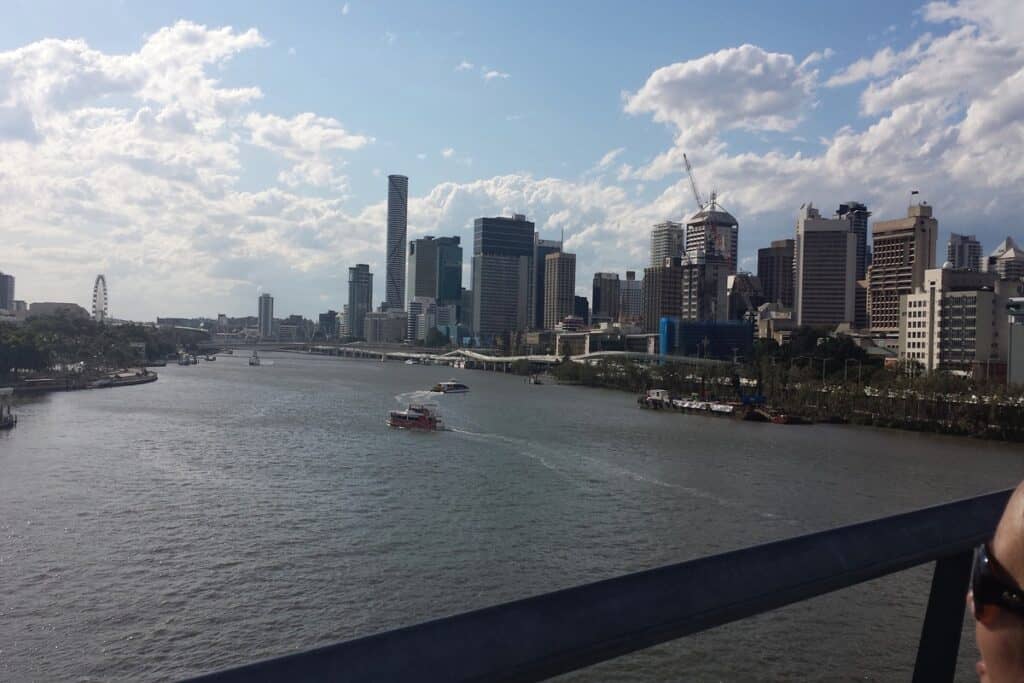
#2: Time Your Visit Wisely – Know the weather
Queensland weather can be sneaky. My Minnesotan, Sommer, says it’s hot all year round but be aware of heat warnings and stay cool. Sunny mornings can turn into tropical storms by mid-afternoon in summer and extreme heat can catch visitors off guard. Sommer would say she can’t recall many storms in the three years she lived there but as a local I can attest we do have some from time to time.
Pack light, breathable clothing—and always bring a lightweight rain jacket. Watch for storm warnings between November and March. If you’re renting a car, check road closures after heavy rain and don’t drive through floodwaters.
Tourist seasons come with their own pros and cons. During school holidays, the city buzzes with families, creating a generally safe and lively vibe—though navigating busy spots can take a bit more patience. In general the crowds during busy seasons still don’t seem as busy compared to Australia’s other large cities.
If you’re planning a night out, the sweet spot is usually between 6–10 PM, when the streets are still active and welcoming, but before the late-night crowd shifts the mood. A lot of stores close early evening, particularly in the suburbs, so check opening hours so you’re not stranded or disappointed because the venue is closed.
#3: Be Cautious Around Wildlife (But Don’t Panic)
Brisbane’s urban wildlife requires respect but rarely poses danger. Avoid feeding wild birds, and never touch bats, snakes, or spiders. Sommer used to work as a tour guide in national parks so she likes to say “a fed animal is a dead animal!” because the food is not good for the animals and creates bad habits. If you’re out bushwalking, stick to marked paths and wear closed shoes.
You’ll hear all sorts of wild stories about Australia’s animals—but in the urban areas of Brisbane most creatures are more curious than dangerous unless startled or cornered. The magpie bird is known to swoop passers-by to protect their nesting area during August to November so look for the council warning signs and avoid a fright.
Stick to patrolled beaches and recommended swimming holes for the safest experience for weather and marine life.
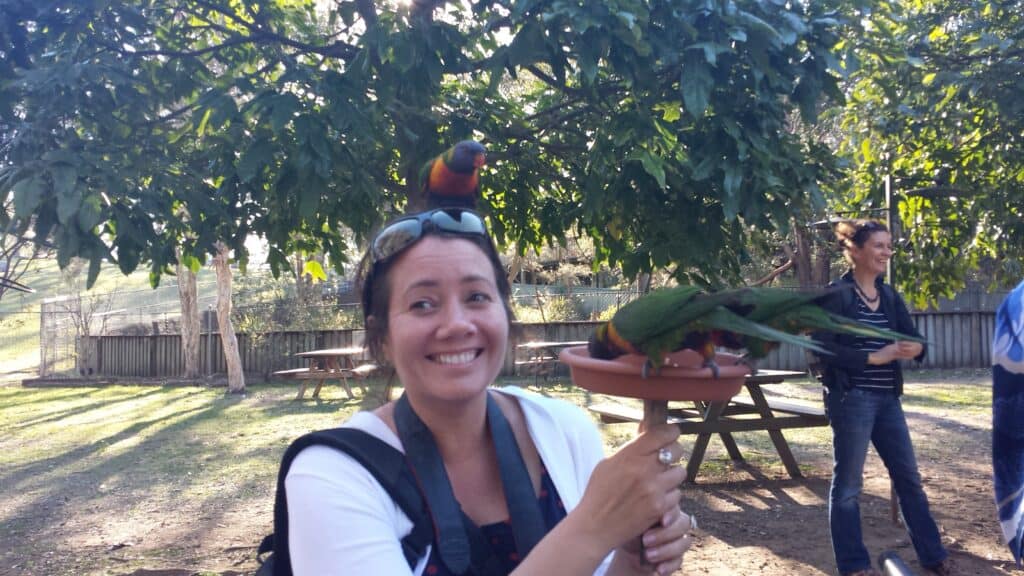
Safe Places To Stay In Brisbane
Brisbane’s accommodation options span from budget backpacker havens to luxury riverside hotels. The CBD and South Bank areas offer many well-reviewed hotels and have transport hubs.
Consider proximity to public transport when choosing accommodation. Properties near train stations or major bus routes provide easy access to attractions without requiring late-night walks through unfamiliar areas.
Budget Option: Brisbane City YHA offers secure accommodation in the heart of the CBD with 24-hour reception, swipe-card access, and female-only dorm options for added comfort.
Mid-Range Option: Morgan Suites apartments is located just a 5-minute walk from South Bank’s restaurants, playgrounds, and museums. Offers fully equipped apartments. Great for families needing extra space, full kitchens for meal prep, and walkable location for sightseeing without a car.
Luxury Option: Emporium Hotel South Bank – Luxe river views and rooftop pool. A splurge, but memorable.
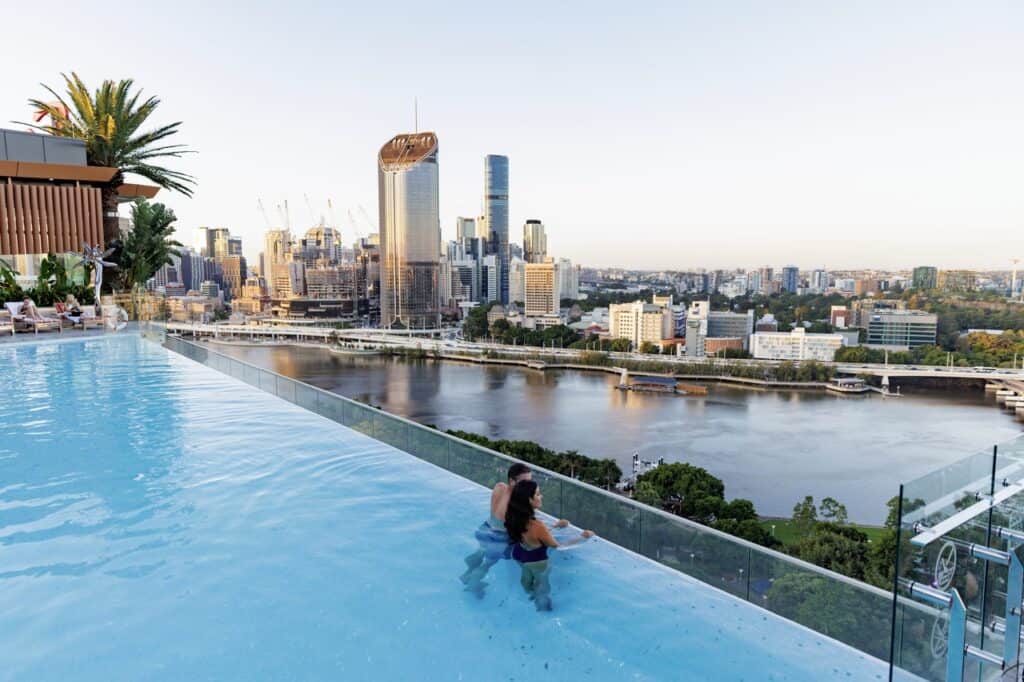
Getting Around Safely
Brisbane’s transport network makes safe travel straightforward for visitors. The integrated TransLink system connects buses, trains, and ferries with consistent safety standards and regular security patrols. Most services run frequently during daylight hours with reduced but reliable evening schedules. I suggest getting familiar with the TransLink website to plan your trip.
Walking remains the safest option for short distances in central areas. Brisbane’s grid system makes navigation simple, and most tourist areas feature wide sidewalks with good lighting. The riverside boardwalks provide scenic routes between major attractions with regular foot traffic for added security.
Ride-sharing services operate reliably throughout Brisbane with standard safety features. Traditional taxis maintain good reputations and professional standards. Rental cars work well for exploring beyond the city center, though parking can be expensive in the CBD and surrounding areas so check with your hotel. We drive on the left side of the road and mind your speed – police and speed cameras issue heavy fines.
Public transport generally offers the most cost-effective and secure option for most visitors.
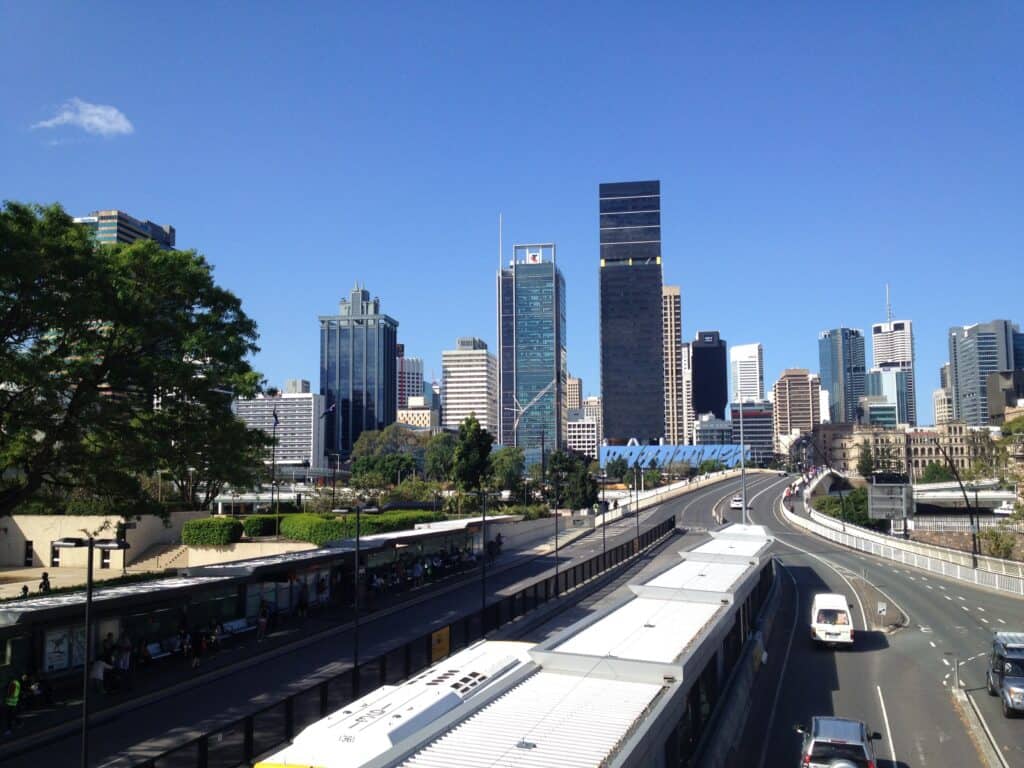
FAQs
These frequently asked questions address the most common safety concerns we hear from Brisbane visitors.
Is it safe to walk Brisbane at night?
Brisbane’s main areas remain safe for walking after dark, particularly the CBD, South Bank, and major entertainment districts. Stick to well-lit streets with regular foot traffic. Suburban areas are generally sleepy.
Where not to go in Brisbane?
There’s not anywhere I generally avoid during daytime hours for safety. Avoid nighttime shortcuts through Fortitude Valley’s back alleys, City Gardens, and Kangaroo Point lower cliffs as well as underpasses, isolated parks and some outer suburban areas after dark.
Is Brisbane a safe place to live?
Absolutely. Many families, including mine, loved calling Brisbane home. It’s safe, sunny, and easygoing. Brisbane consistently ranks among Australia’s safest major cities for residents.
Final Thoughts
So, is Brisbane safe? In short—yes. It’s a city that balances vibrant culture with a relaxed, welcoming vibe. Like anywhere, it has its quirks, but most travelers (and locals!) feel very secure here.
Whether you’re planning park picnics, city adventures, or riverside strolls with your kids, Brisbane has everything you need for a safe and unforgettable trip. Stay aware, be prepared—and enjoy the sunshine.
Check out this list of what to pack for your Australia vacation.

About the Author
G’day, I’m Paul, an Aussie, and I love to travel. I want to experience the wonder of this amazing world, and foster the curiosity of others to discover their own wonder.
My favourite places to travel are somewhere new. I’ve attempted to learn Spanish but still working on it.
Check out more posts on Australia for local insight
